July 28, 2016
Smiles. Laughter. Excited voices. Jumping out of seats. Those are the signs we teachers look for in an engaged classroom. Whether it is the beginning of a new unit, or the middle of a deep discussion, student engagement is an important factor in learning.
With the increase of technology in classrooms, it can be challenging to find ways to effectively engage students and use technology with a purpose, not just an add-on. Video clips can be a great way to engage students at the beginning of a lesson. While well-crafted videos can capture the eyes of students, the student remains a passive participant. What would happen if students could immerse themselves in a 360-degree, virtual reality experience? Students could go from being bystanders, controlled by what the camera allows them to see, to active participants, controlling what they see themselves. 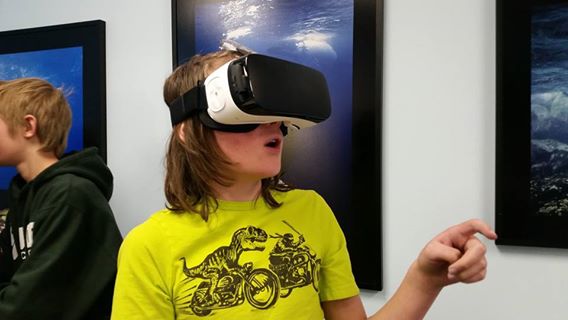 Whereas a student can watch the same video multiple times, always seeing the same thing, each view of a 360-degree video holds a new experience for the viewer.
Whereas a student can watch the same video multiple times, always seeing the same thing, each view of a 360-degree video holds a new experience for the viewer.
360-degree video is a great way to engage students in a new lesson or unit of instruction, yet it can also be a powerful tool throughout a unit of instruction. When used at the beginning of a unit, 360-degree video can be used to generate interest in the topic, and allow students to generate questions about the video they are viewing. As they move through a unit, students can view the same 360-degree video (as each viewing is a new experience in itself) to hone their observational skills.
With the ocean covering 71% of our earth and influencing many factors in our daily lives, there is no denying its importance, or the importance in teaching students about it. Many students have never been to the ocean, and may never get the chance to feel the saltwater spray their face, or breathe in the salty air. While they may not have the chance to experience the ocean in person, 360 video can put students under water in an undistracted, engaging way. Students learn best through experiences, and providing students with an opportunity to be immersed in the ocean can increase learning.
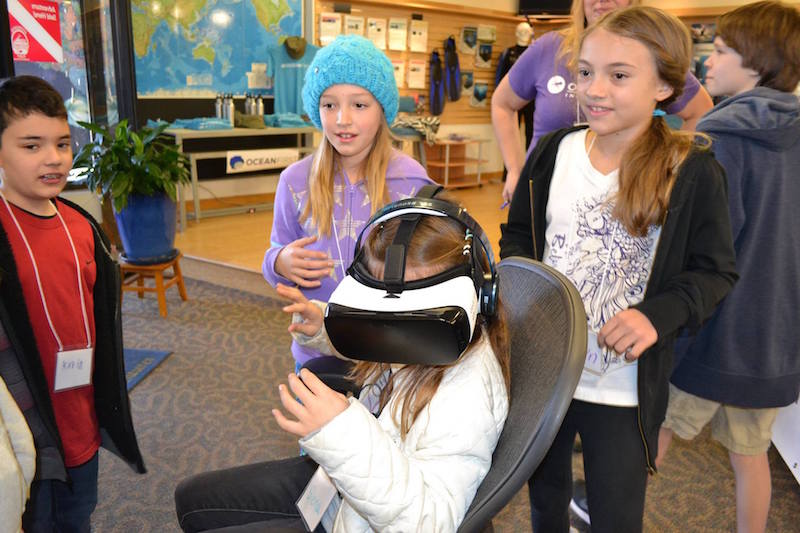
If students are learning about the coral reef environment, a 360-degree video could be used to initially let students feel as though they were in a coral reef. Later in the unit, the video can be used to help students identify various coral reef animals, diving underwater like real divers. Students can make explicit observations, and even watch the same video multiple times in order to make additional, unique observations each time they watch. From these series of viewings, students can generate inquiry questions to promote deeper learning.
A 360 video experience allows for students to be storytellers, narrating their own 360 video experience. Students can author a piece of writing, taking on the perspective of a diver, a new species of fish, or perhaps a predatory shark. By immersing themselves in the video, they can become the characters they often sit back and watch in a regular video.
With 360-degree video, the potential to explore is ever-growing, and the possibilities to experience are endless. From following a career expert “on the job” for a day, to diving underwater, to hiking to the top of a mountain, 360-degree video allows teachers and students to incorporate new experiences into their learning.

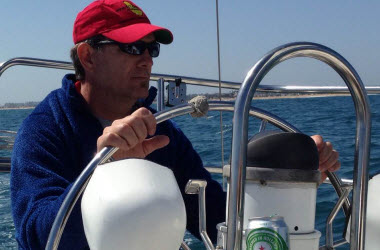
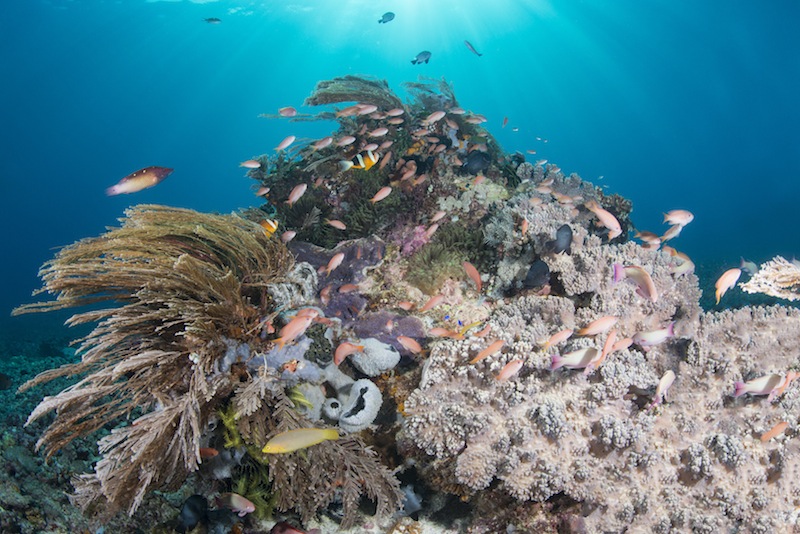
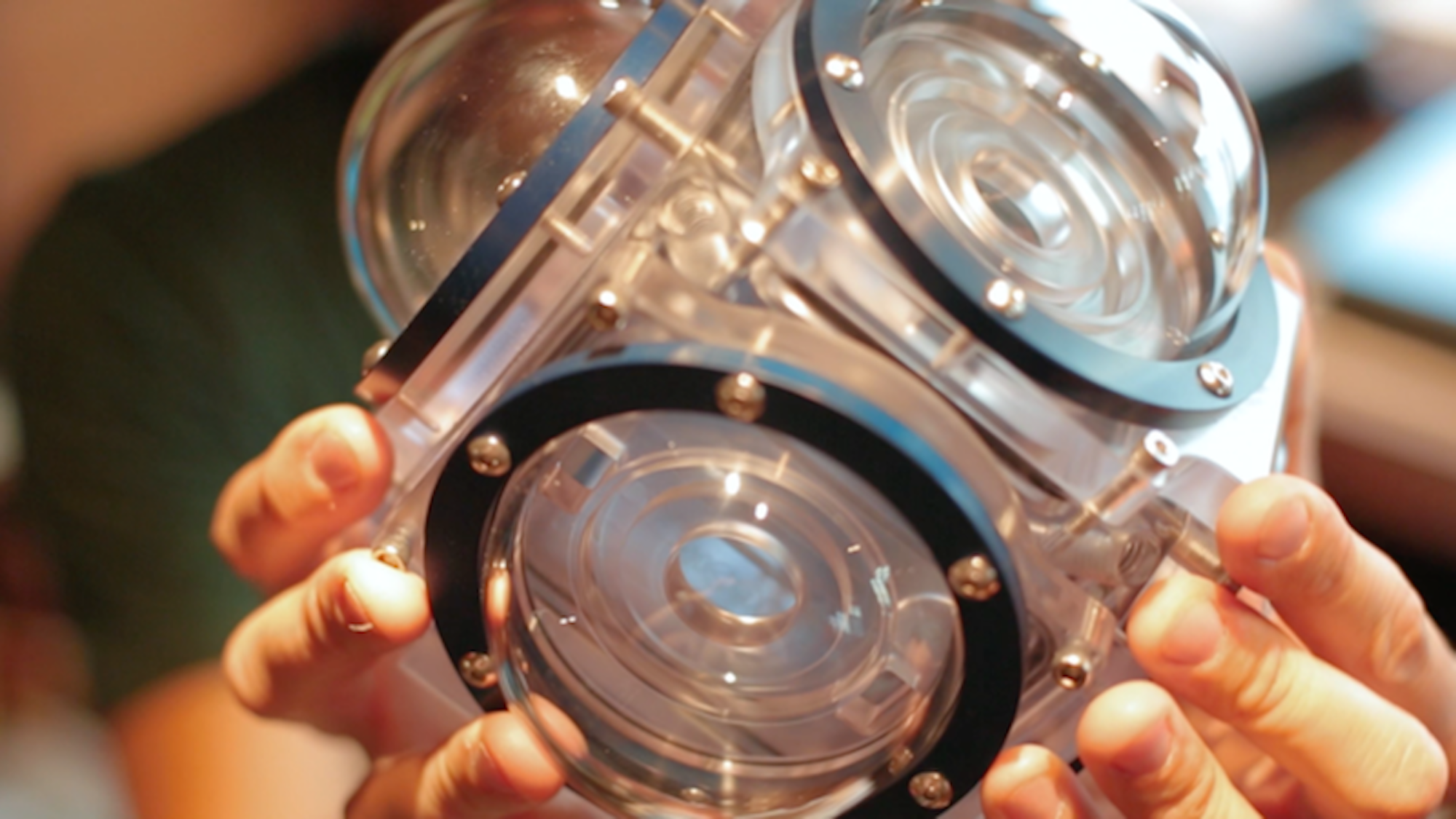
.jpg)